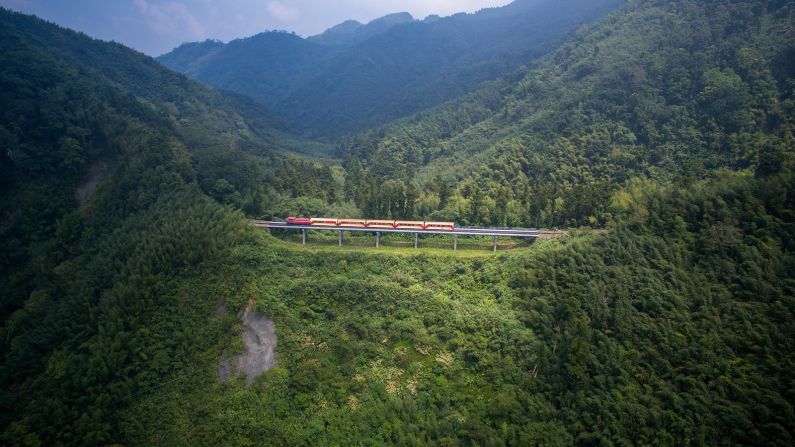
Visiting Alishan: Built more than 100 years ago, the Alishan Forest Railway is perhaps the best way to explore Alishan, one of Taiwan's most important mountain ranges. Lai Guo-hua, an aerial photographer who lives next to the railway, spent a few years documenting it.
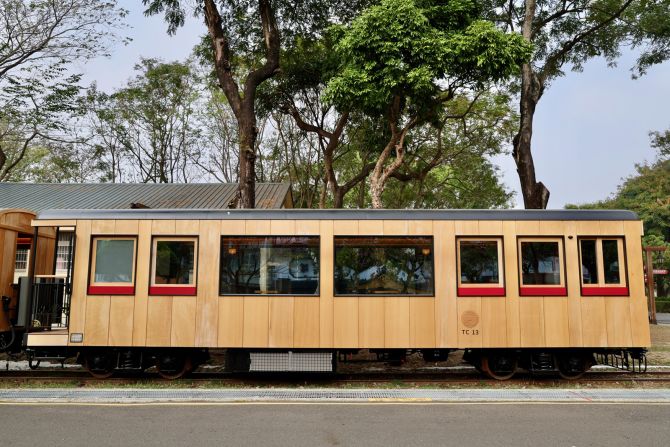
New forest trains: Alishan Forest Railway is freshening up its historic fleet by adding six sleek new rail cars. The launch date has yet to be confirmed, but test drives have already begun.
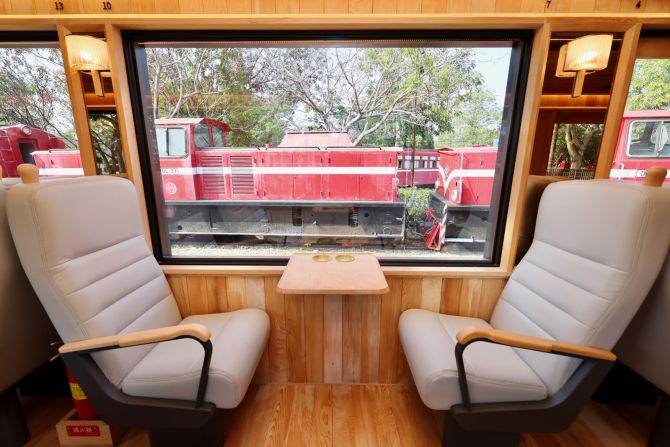
The new Formosensis: The new carriages, collectively named Formosensis, are lined with two types of cypresses native to the island -- Taiwan Red Cypress (or Chamaecyparis Formosensis -- which inspired the name) and Taiwan Cypress (Chamaecyparis Taiwanensis).
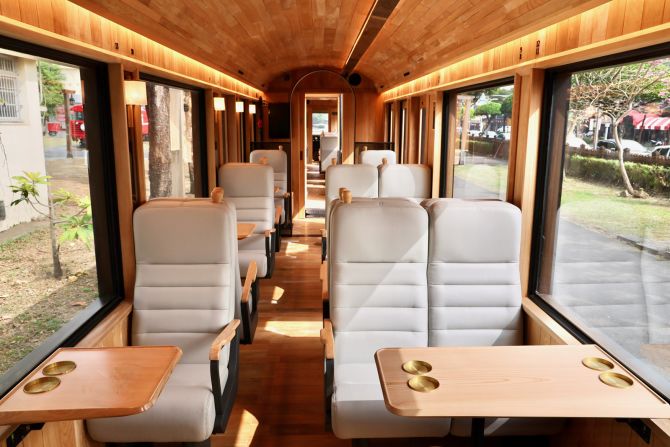
More comfort: The new trains will be fitted with soft leather seats, bigger windows and warmer lights.
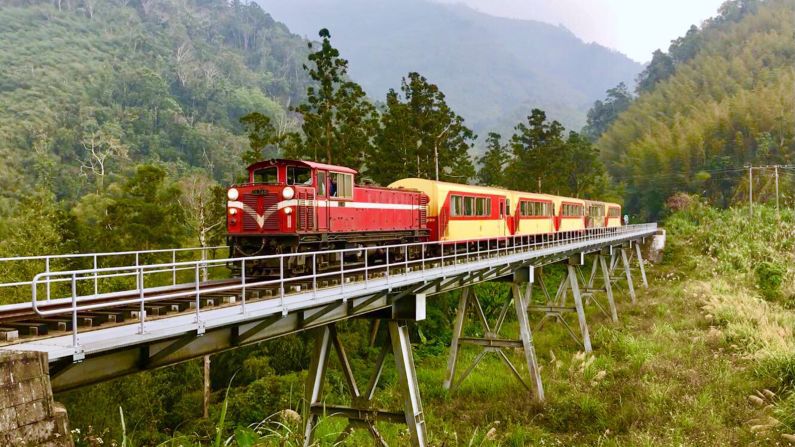
Logging-turned-tourist train: Since 1963, the Alishan Railway has primarily operated as a tourist train. It was once the only means of public transportation for those wanting to visit Alishan.

Most beautiful station: Situated on a cliff edge, Erwanping Station is known for its sunsets and cloud views.

How to ride the Alishan Railway: Only one train departs from Chiayi station at 9 a.m on weekdays and two more during the weekends.

Loop line and spiral route: This picture shows the spiral loop track at the Dulishan Railway Station. "I took a photo as the train passed through each of the levels and combined the photos of all four levels into one," says Lai.

Alishan National Scenic Area: Once you've arrived at Alishan Station, you're inside the Alishan National Scenic Area. From here, the railway runs three shorter lines to Shenmu, Zhaoping and Chushan.

Bento Kingdom: Fenqihu was once the main rest stop before arriving at Alishan, making it a popular destination for hungry workers and train travelers.

100-year-old street: Fenqihu is now one of the biggest towns along Alishan Railway and has a few historical attractions like the 100-year-old food street.

What to eat on Alishan: Aiyu, a natural jelly formed from a fruit called Aiyu, is an Alishan specialty. Discovered first in Chiayi, Aiyu is mostly harvested by indigenous farmers in Taiwan.

Going back in time: Due to its humid climate, electrical systems don't work well. Thus many railway operations are still carried out manually, such as track direction switches.

Cypress-wood car: "It feels more human, unlike the cold and automated modern machines," says Liao Yuan-chiao. A train enthusiast, Liao left his job as a lecturer to work as a train assistant on the railway in 2012. He's now a train captain. This is a special cypress-wood car modeled after the original.

Walking trails: There are many walking trails around Alishan that will guide visitors to attractions like Jiemei Lake.

Steam train: The Alishan Railway runs a special vintage steam train once a week during cherry blossom season from March to May, and on Alishan Railway's birthday (December 25) each year.

Retro stations: Some of the stations along the Alishan Railway are worth a visit, including Jhuchi Station. It's been rebuilt in wood according to its original Japanese architectural style.

Hinoki Village: Dating back to 1914, Hinoki Village (next to Beimen Station) hosted dormitories for Japanese officials stationed there during the occupation. Some 28 wooden houses inside the village have been renovated and are now used as shops and restaurants.